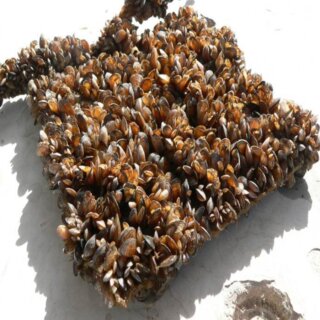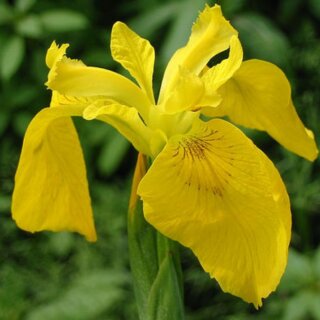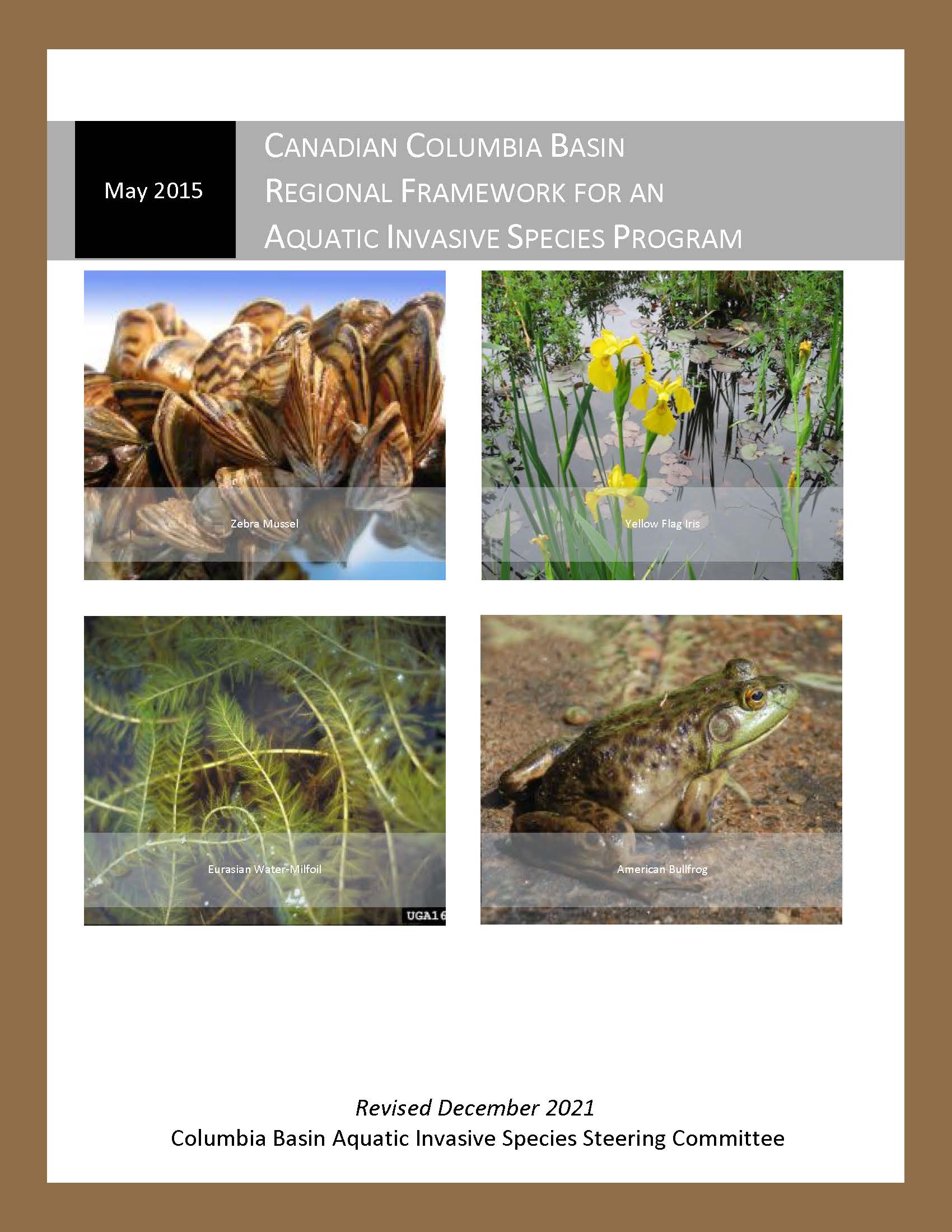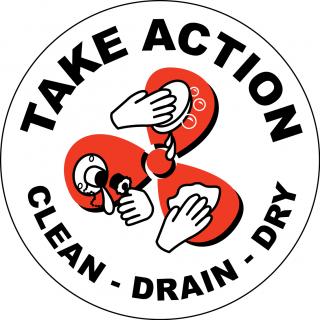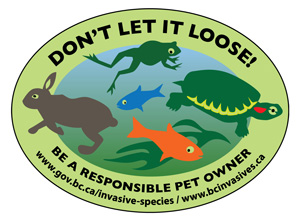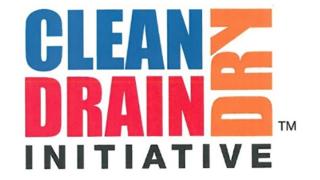Working Together to Prevent Aquatic Invasive Species
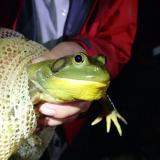
What’s the Program?
The Columbia Basin Aquatic Invasive Species (AIS) program is the result of a collaborative effort between many different partners and is based on these five action areas:
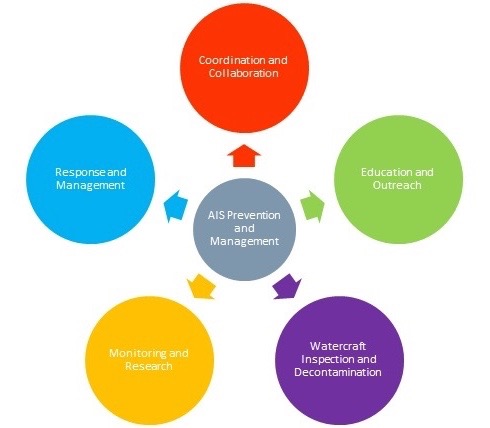
Why are we doing this?
Aquatic Invasive Species are nonindigenous species that impact, or have the potential to impact, the ecology, economy, and social opportunities of the Columbia Basin. To learn more about AIS and to view profiles of species like the zebra mussel or yellow flag iris click here.
- Zebra and Quagga Mussels (Dreissena polymorpha and Dresissena bugenis)
- Yellow Flag Iris (Iris pseudacorus)
Who’s on the team?
Multiple agencies, including government, non-government, First Nations and industry have joined forces within the Canadian Columbia Basin, in order to prevent and manage aquatic invasive species.
The Columbia Basin AIS Team is comprised of:
- Ktunaxa Nation Council
- Invasive Species Council of British Columbia
- Ministry of Forests
- Ministry of Water, Land, and Resource Stewardship
- BC Hydro
- Fish and Wildlife Compensation Program
- Central Kootenay Invasive Species Society
- East Kootenay Invasive Species Council
- Columbia Shuswap Invasive Species Society
- Northwest Invasive Plant Council
- FortisBC
- Columbia Power
- Parks Canada
- Columbia Shuswap Regional District
- Montana Fish, Wildlife & Parks
- Washington Invasive Species Council
- Washington Department of Fish and Wildlife
- Okanagan Nation Alliance
- Idaho State Department of Agriculture
- Living Lakes Canada
- Sinixt Confederacy
- U.S. Fish & Wildlife Service – Pacific Region
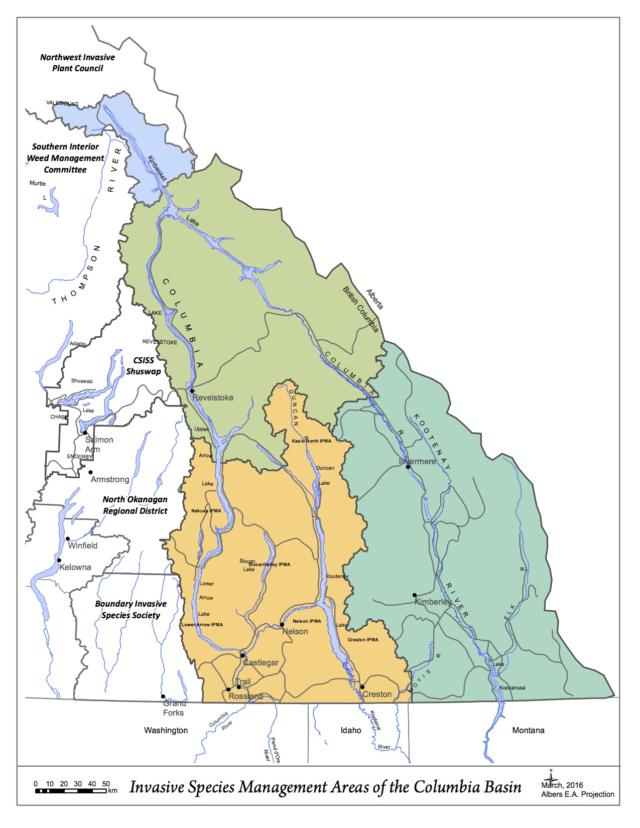
What do we do?
The primary focus of this program is to prevent the introduction and establishment of AIS as well as to enhance coordination, response, and management. The complete program framework titled Canadian Columbia Basin Regional Framework for an Aquatic Invasive Species Program can be accessed here. The Program’s 2019 Progress Report can be accessed here.
Watercraft Inspection Stations
In 2015, several permanent watercraft inspection stations were strategically placed along the B.C. – Alberta border and along the B.C. – United States border. Auxiliary conservation officers check, and if necessary, decontaminate mussel infested boats, seven days a week from April to October.
It is mandatory for all watercraft to stop at road side inspection stations. Watercraft includes sailboats, motorboats, car toppers, kayaks, canoes, and paddle boards being transported in B.C.
To find out more about these stations click here.

How can YOU Help?
Where are the Aquatic Invasive Species?
B.C.
See the Columbia Basin Aquatic Invasive Species Priority List 2025
Alberta
All species: Alberta Invasive Species Council
USA
All species: Early Detection & Distribution Mapping Systems
All species: U.S Geological Survey
Invasive Mussel Monitoring: Aquatic Invasive Species Network
Funding provided by


